- Details
- Written by: Tracey Kiff-Judson
- Category: Blog
Happy Poetry Friday!
Thank you to Karen Edmisten* for hosting this week’s round up. Visit her blog for a poem by Wendell Berry that contains the line: I greet you at the beginning, for we are either beginning or we are dead. Wowza!
I have so missed everyone! I can’t wait to read about your most recent beginnings. Today, I just have a silly story.
We are wrapping up a kitchen remodel that has left me feeling discombobulated for the last several months. I failed to realize that the kitchen is the center of life in our house and how difficult it would be without it.
Several weeks back, we decided to move our old fridge out by ourselves. My husband, my son, and I thought this would be a piece of icebox cake! We backed the pickup truck to the front door, lined up boards and dollies, removed the refrigerator doors so that it would fit through our skinny doorframes, and pushed. This strategy worked surprisingly well. We made it out of the kitchen, through the dining room, through the living room, and out onto the front porch without incident.
As we inched the refrigerator up the planks into the back of the truck, it tipped barely a fraction of an inch. Suddenly, everything was off kilter and the refrigerator plummeted into the rhododendron. The three of us stared in disbelief. This debacle inspired this sketch and poem:

Steady Eddie, Refrigerator
Steady Eddie, let her ride –
sailing on her dolly-boat.
Swishing over carpet oceans,
luckily, she stays afloat.
Over thresholds, under doorways,
squeezing down the skinny hall,
navigating architecture –
unafraid of any squall.
The journey’s final leg arrives.
Up the ramp, we make an end-run.
Then a breeze sends us adrift –
we capsize in the rhododendron!
Admittedly, a few issues with that poem, but I had fun writing it, spur of the moment.
Here's a photo of the incident:

When all hope seemed lost, a jeep pulled up - as if it were already on its way to our house. A mother-son duo hopped out and took charge of this dire situation. A quick push-pull-lift and that fridge was loaded neatly into the back of the truck.
As quickly as they arrived, this dynamic duo leapt back into their jeep and drove off. I ran after them with fresh-baked focaccia, which they graciously accepted, then disappeared into the sunset.
In a world filled with chaos, this mother-son pair arrived, no-questions-asked, and saved the day. How can I not have a little faith in humanity after that?
Wishing everyone a wonderful weekend!
- Details
- Written by: Tracey Kiff-Judson
- Category: Blog
It’s a rainbow-filled Poetry Friday!
Please visit our marvelous host Margaret Simon at Reflections on the Teche for a hermit crab poem hiding in a weather report and this week’s colorful roundup.
Recently, I was fortunate to get a peek at a vibrant new anthology A Universe of Rainbows: Multicolored Poems for a Multicolored World by Matt Forrest Esenwine.
Thank you to Eerdmans Books for Young Readers for sharing a preview!
A Universe of Rainbows is a delicious triple-decker sandwich of vibrant artwork, lyrical language, and scientific sidebars. Right away, I was amazed by the number of places that rainbows appear in nature – from underground caverns to outer space. You can find rainbows in water, geological formations, flowers, and feathers. A Universe of Rainbows dives into the science behind each of these phenomena with helpful expository sidebars and back matter.
All these gorgeous rainbows are wrapped in luscious language from some of today’s most notable poets. The incomparable Nikki Grimes gives us a frown-turned-upside-down introductory poem “The Saturday of No.”
Matt Forrest Esenwine follows with his frolicking poem “Sun Dogs.” Sunshine, rainbows, and dogs all in one poem – who could ask for more?
“Rainbow Waters” by David L. Harrison is another of my favorites. This poem, and others in this anthology, encourage deeper thought about the impact humans have on the natural world, for better and worse. It is a great opener for a discussion about how we engage with the world around us.
If you enjoy studying poetry, you will also have fun reading the array of poetic forms sprinkled throughout this book. Special tip: you won’t want to miss Marilyn Singer’s “Rainbows in a Cage.”
And then there is the art! A Universe of Rainbows is an iridescent masterpiece featuring the vivid artwork of Jamey Christoph. The illustrations bloom with all the colors of the rainbow (as you might have anticipated)! Each page of stunning artwork radiates a magical beauty that brings its accompanying poem to life.
You can look for A Universe of Rainbows on April 1st (or preorder today). Be sure to check out Amy Ludwig Vanderwater’s poem “Cano Cristales Speaks” which reminds us “we are each much more than we seem.” Maybe you’ll find there’s a rainbow inside of you!
- Details
- Written by: Tracey Kiff-Judson
- Category: Blog
Happy Poetry Friday!
I have been on a Billy Colins kick lately. I just read both Whale Day (Random House, 202) and Musical Tables (Random House, 2022).
Collins, former US Poet Laureat, stirs the ordinary with a pinch of wonder and a dash of humor in Musical Tables, a collection of short poems. He discusses the short poem as a form and gives over 100 examples that make one think, smile, frown, and occasionally laugh aloud. It is a very quick read!
As I read Musical Tables, I started thinking about the mental images that poems inspire. It occurred to me that one could create a “reverse ekphrastic” by using a poem to inspire visual art. I snapped a few pictures inspired by poems from this collection, selected a few from my photo library, and even borrowed a couple from Wikipedia.
What do you think of these pairings? A picture follows each poem.
Limits
Even on a calm day
if you remain quiet
and hold your breath,
you still will not
be able to hear
the singing of the clouds.
I couldn't pick just one for limits because all of these clouds seemed to be singing, just different tunes...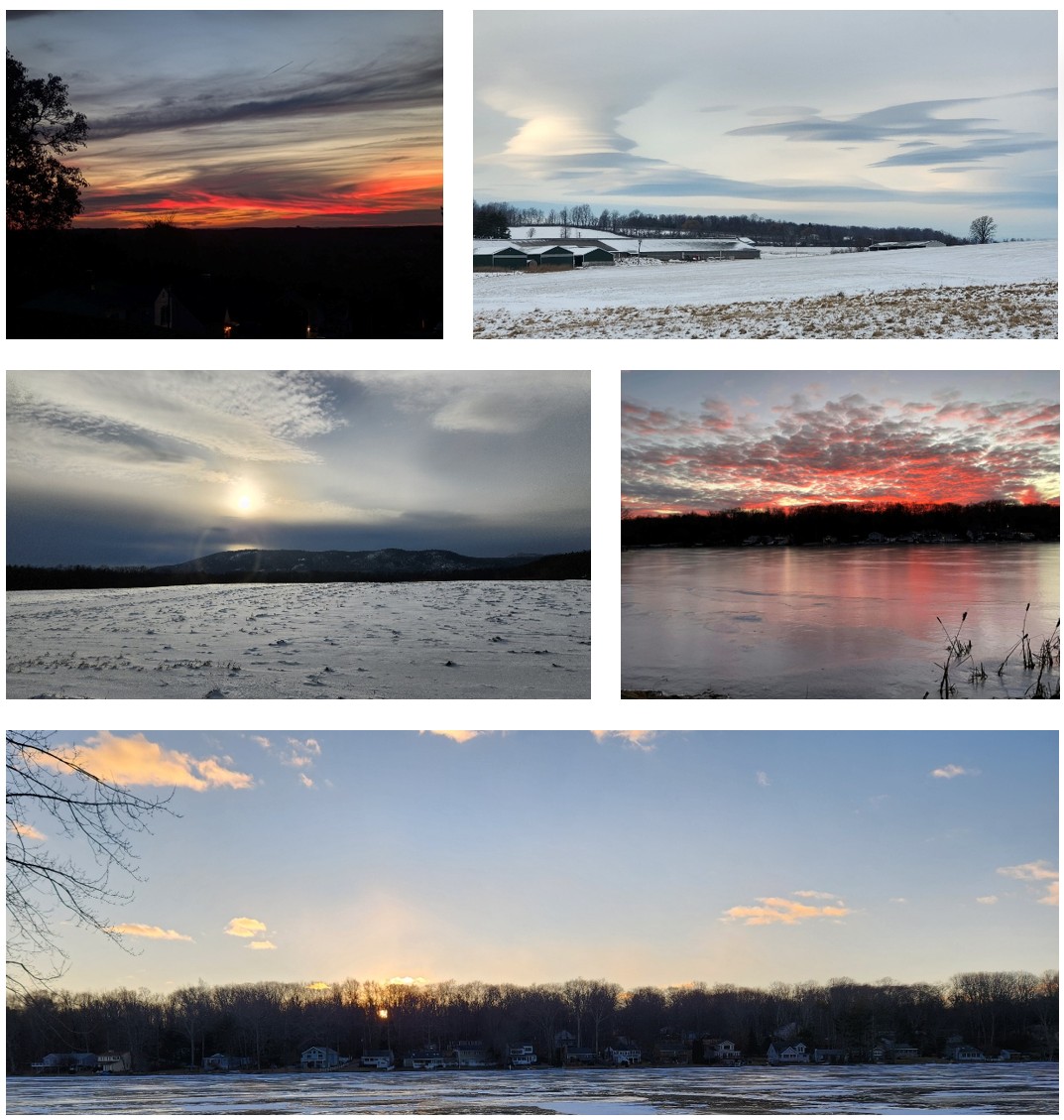
Look
The morning lake
was smooth as a mirror.
A few angels were even seen
flying down
just after dawn
to check themselves out.
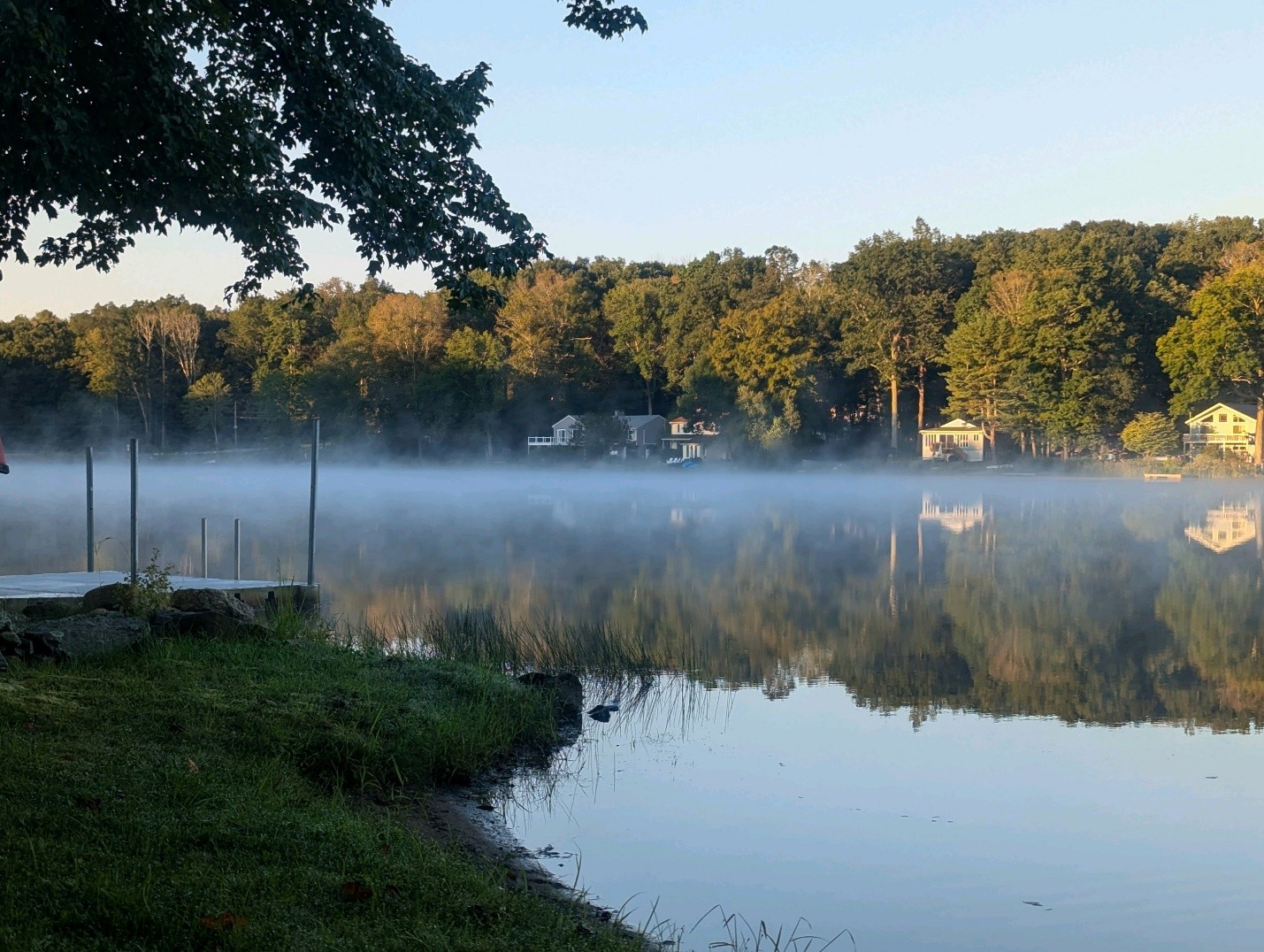
The Dead of Winter
We will all die
in one month or another.
Many of the above
left us in December
while others will stay on
to see in the new year.
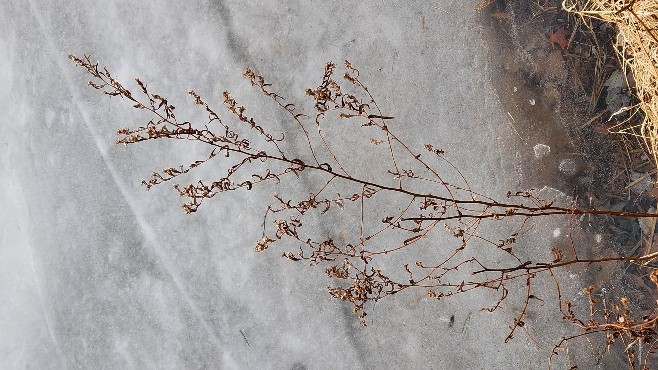
Henry Wadsworth Longfellow
Trouble
was not
his middle name.
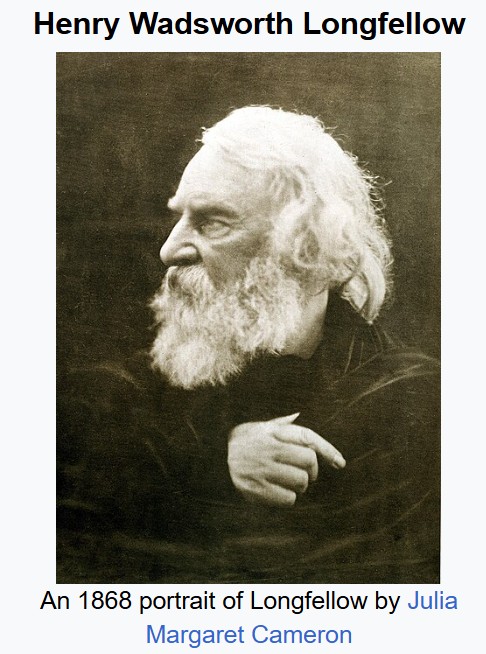
ENG 243: The History of Egotism
You will notice, class,
that Wordsworth did not write
“Edward, the butcher’s son,
wandered lonely as a cloud.”
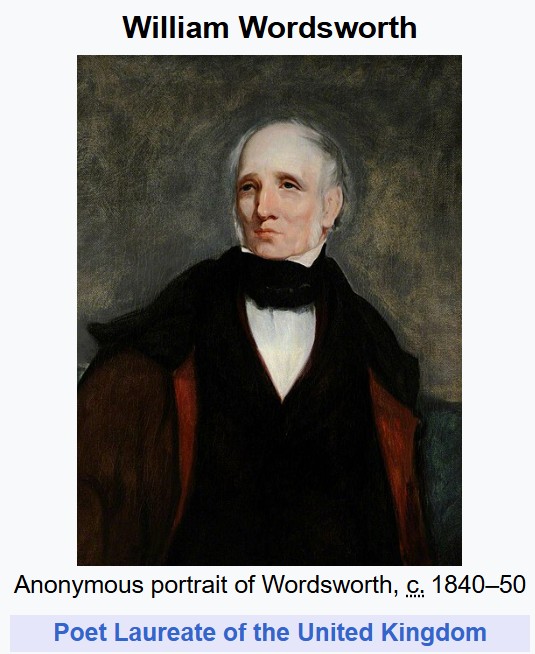 [Photo: Wikipedia]
[Photo: Wikipedia]
Here is what Wordsworth did say.
New York Directions
It’s down
in the village
between
Bleek
and Bleekest.

View from a Bridge
I never thought
of myself
as a little universe
inside a big one
until just now.

Poetry Collection
They mutter
in the alleys of the city,
the old ones
who were not selected.

The Exception
Whoever said
there’s a poem
lurking in the darkness
of every pencil
was not thinking of this one.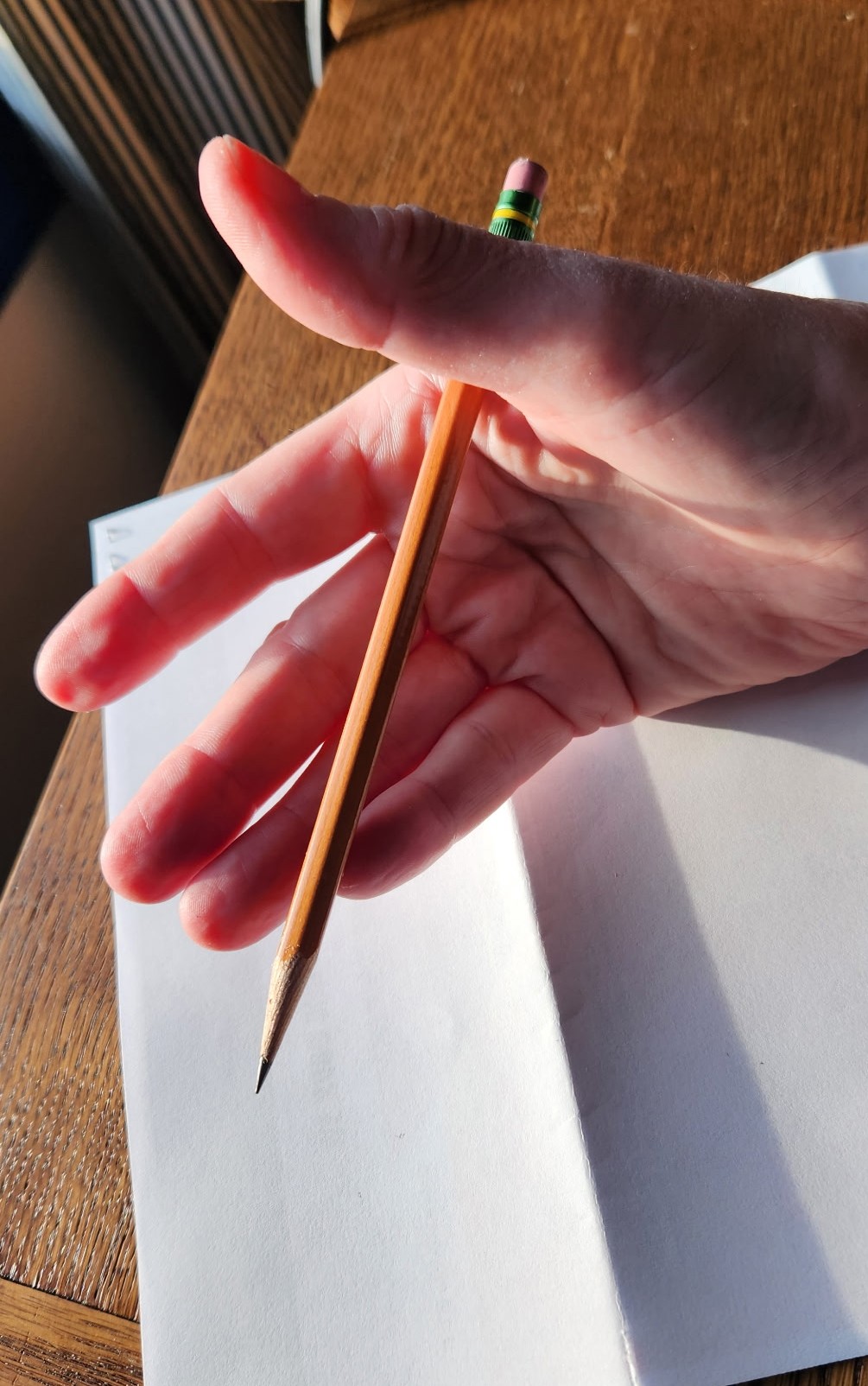
Disappointing Freak Show
A bearded man,
a one-headed chicken,
a sailor with a tattoo,
and a three-legged piano.
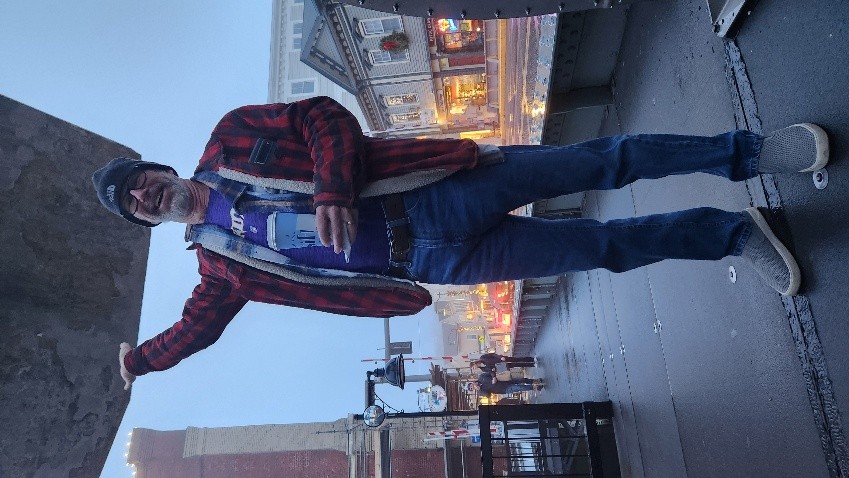
All poems © Billy Collins, Musical Tables, 2022. Photos © Tracey Kiff-Judson unless otherwise noted.
Please visit our Poetry Friday host, the patriotic, fighter-for-liberty-and-truth Denise Krebs at Dare to Care.
- Details
- Written by: Tracey Kiff-Judson
- Category: Blog
On a dreary, February morning, at the SCBWI conference in NYC, I dragged myself to the gym.
The windows of the hotel fitness center looked across the street at people working in an office building.
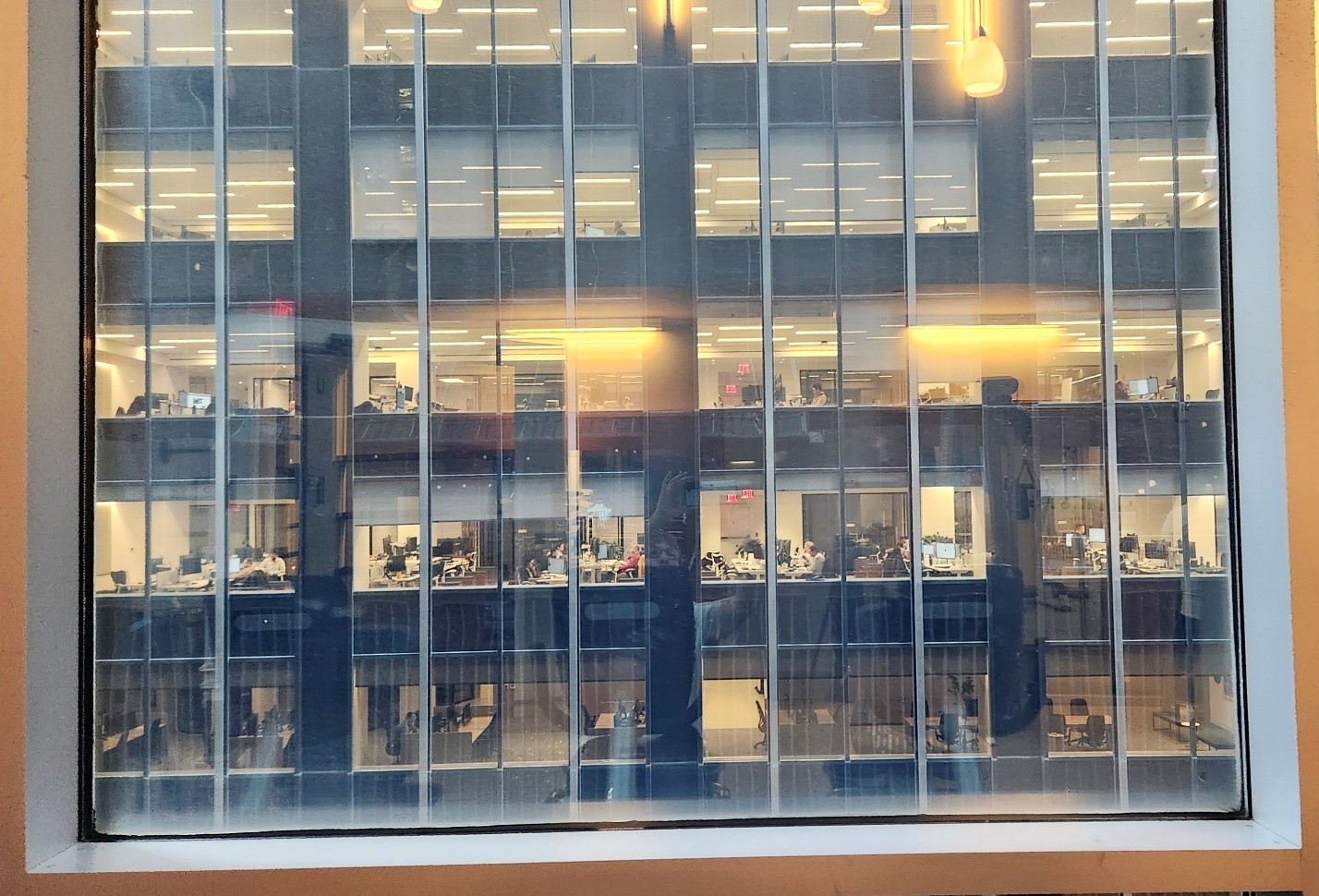
It reminded me of an "Ant Farm."
You know - one of those double panes of plexiglass filled with sand and ants building tunnels?
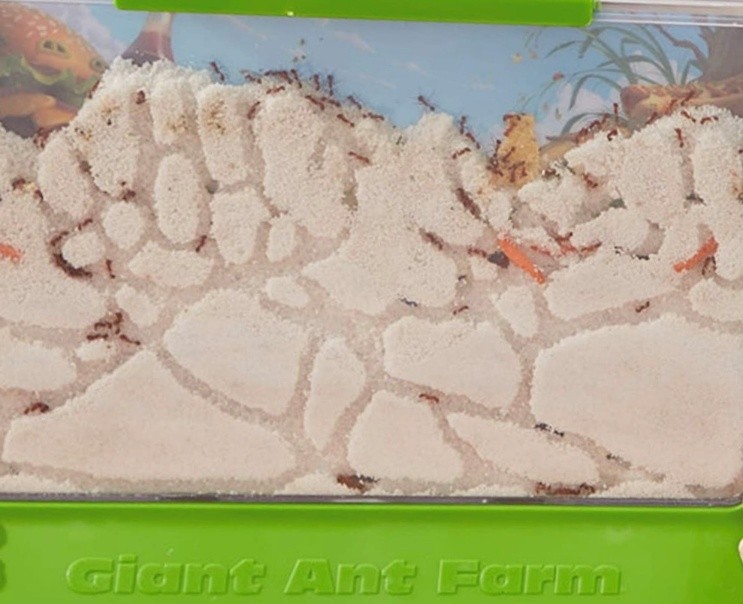
Source: uncle-milton-large-viewing-area-ant-farm-1.jpg (1500×1500)
As I pedaled my stationary bike to nowhere, I peered into these strangers’ work lives.
I took my nosiness a step further, and I snapped a few pictures and wrote some phrases about what I observed.

That evolved into the following poem, which I fear is a little dark, especially for a Valentine's Day post. My apologies!
Ant Farm
sand-colored walls
support the maze –
carefully constructed
to prevent collapse
workers drag and drop
bit by bit,
opening windows
behind windows
that don't open
some climb higher
some burrow deeper
everyone works
to expand The Colony
The Colony must grow
to support The Queen
does she live
a privileged life?
no, she’s in
the boiler room
pumping out eggs
it's a sweatshop
down there too
a worker delivers food
to the top floor
everyone swarms
around The Crumb
hoping for tales
of The Outside:
is the sunlight intense?
do waterbombs fall from the sky?
they don't love
sand-colored lives,
but at least
they’re secure,
warm,
dry …
until The Giant Hand
shakes their world
© Draft 2024, Tracey Kiff-Judson
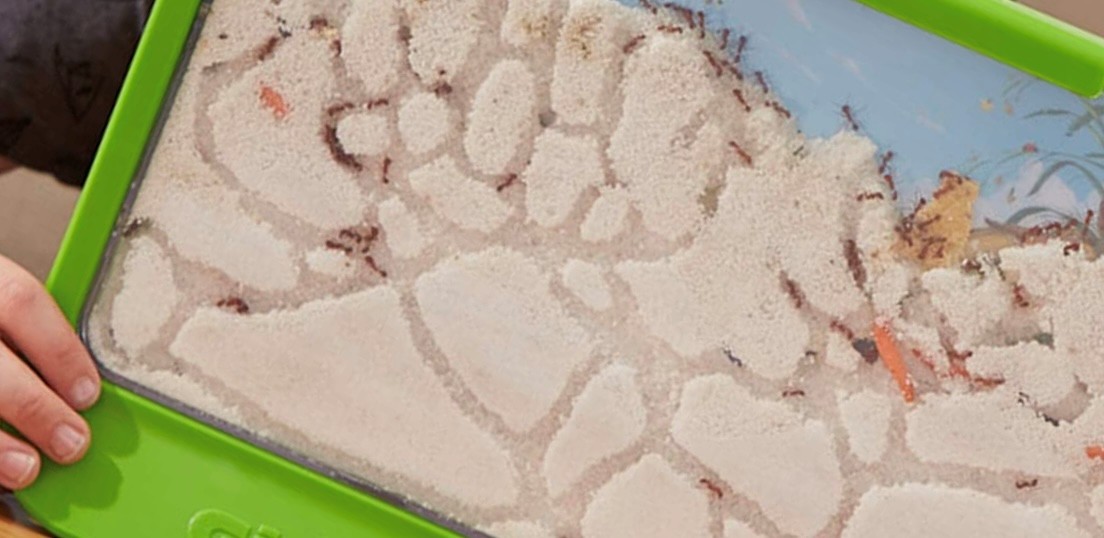
On a happier note, it’s Poetry Friday!
Please visit the wonderful Linda Baie at TeacherDance for a poetic stroll down Musical Memory Lane and this week's roundup.
- Details
- Written by: Tracey Kiff-Judson
- Category: Blog
Happy Poetry Friday! Please visit our host, the incomparable Tabetha Yeatts at The Opposite of Indifference for a brave poetry zine and this week’s roundup!
Just a short post this week, as I am trying to wrap up a few pieces before the 2025 SCBWI conference in NYC next weekend. Is anyone else attending? If so, I would love to see you there and say,” Hello!”
This week, my “pruning” got off to a slow start. I identified six cookbooks to donate. I have many more, so that project has just begun. I am wondering if seven copies (mostly different editions) of The Joy of Cooking is too many? Perhaps.
We had our first major snowfall of the year in CT this week, and I enjoyed a hike in the woods just before sunset.

This prickly, little burdock caught my eye. It seemed to be waiting patiently, its little hooks buried under a drum major's hat of snow, dreaming of spring’s passing rabbit.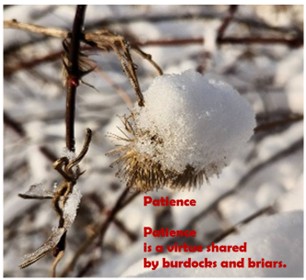
Patience
Patience
is a virtue shared
by burdocks and briars.
© Tracey Kiff-Judson, draft 2025
- Details
- Written by: Tracey Kiff-Judson
- Category: Blog
You wonderful Poetry Friday bloggers so inspired me with your choices of a guiding “One Little Word” (OLW) in the past year, that I thought I might give it a shot. One mousey, little word has been gnawing at my subconscious for the past few weeks. Rather than me choosing the word, this word has insisted upon being my OWL.
PRUNE
Pretty cool, huh?!
Ok, bear with me.
My primary hope for my little word “prune” is to find ways to lighten the load of stuff that weighs down our home. From the attic to the basement, we have more stuff than we will ever need or use. Most of it lies neatly tucked away in bins or closets, out of sight but never entirely out of mind. It waits for that just-in-case someday that has yet to arrive. While I won’t go full Marie Kondo (‘cause who has that kind of energy?), I do hope to do more with less.
 image source: How to Fold Clothes to Save Space (Using Marie Kondo Folding Method)
image source: How to Fold Clothes to Save Space (Using Marie Kondo Folding Method)
Total Garbage by Edward Humes also inspired me to try to reduce the amount of plastic in my life.
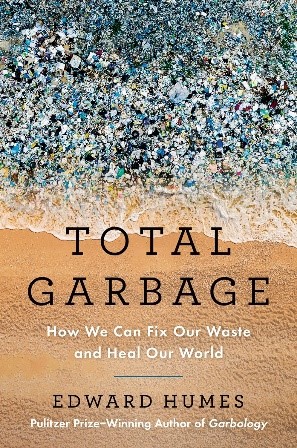
Humes says we each eat up to one credit-card-worth of plastic every week. Some people eat more or less, depending on their circumstances, but no one is exempt from compulsory plastic ingestion. Eliminating plastic is nearly impossible, but using less is definitely achievable. I called Whole Foods last week and asked if they would let me bring my own glass containers for their bulk items. They said, “No,” but I have not given up. In the coming months, I will post more about my progress on reducing my plastic consumption.
And what good is pruning if I continue to acquire more? It is tempting to toss a few extra items into that virtual shopping cart, but this year I resolve to ask myself if every purchase is necessary.
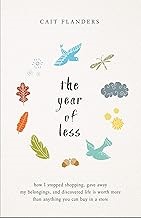
In The Year of Less, Cait Flanders describes how she got rid of 70% of her belongings and bought only consumables (groceries, toiletries, and gas) over a period of 12 months. Now that’s a challenge!
Then there is my writing, which could always benefit from significant pruning! 😊 Culling through my idea lists and resource lists, I may be able to spruce up some old ideas and discard those that don’t shine.
Hmmm, what about pruning unhealthful emotions? Although this may be a lofty goal lacking a solid strategy, I would like to worry less. Worry is rarely a productive emotion unless it inspires useful action, so why not skip the worry and figure out what actions could help?
Perhaps pruning is not just about what we choose to cut away, but what we decide to keep. If something speaks to me, why not bring it out into the light, use it, and enjoy it? If there something isn’t useful in its current form, maybe it can be recycled or repurposed.
My hope is that by I pruning what I don’t need, I will feel lighter, happier, and less burdened. With a little effort and a less-is-more philosophy, I believe I can reduce my carbon footprint as well.
Lastly, prune (as in dried plums), because ...
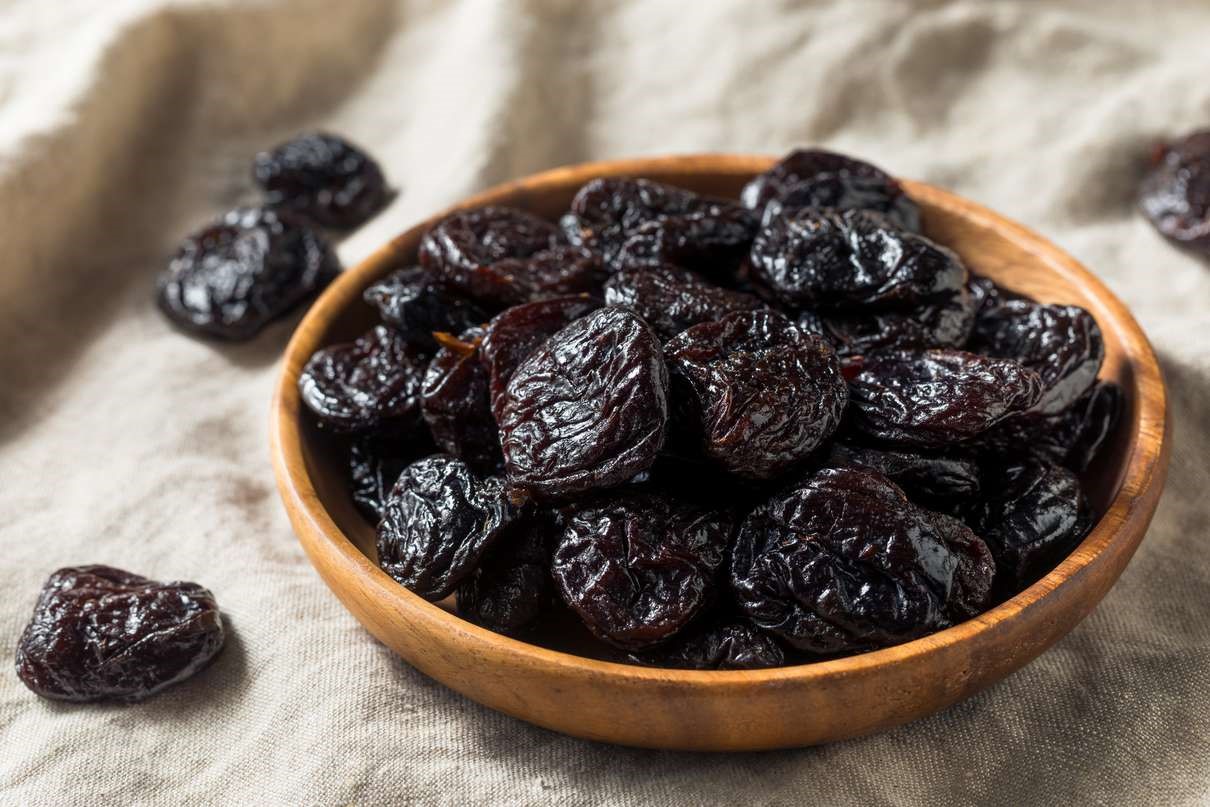 image source: What Are Prunes?
image source: What Are Prunes?
who couldn’t use a little more fiber?
If you haven't already visited our Poetry Friday host this week, please visit Kats Whiskers and enjoy Kat's delightfully entertaining cats-and-dogs poem!
- Details
- Written by: Tracey Kiff-Judson
- Category: Blog
Thank you to Carol Labuzzetta for her wonderful holiday gift exchange. She went above and beyond, especially given the current constraints on her time. I can’t express enough gratitude for Carol’s generosity and support over the past year. She was so thoughtful and kind in publishing several of my poems in her anthology, Picture Perfect Poetry. From the bottom of my heart, thank you, Carol, for your friendship and kindness!
I would like to share with you, dear reader, the gifts that Carol shared with me. First, an aurora borealis haiku and photo:

mistletoe kisses
sent by a colorful sky
one friendly exchange
© Carol Labuzzetta, 2024
In keeping with the “mistletoe kisses” theme, Carol sent this ADORABLE ornament, which I absolutely love and promptly hung in our living room.
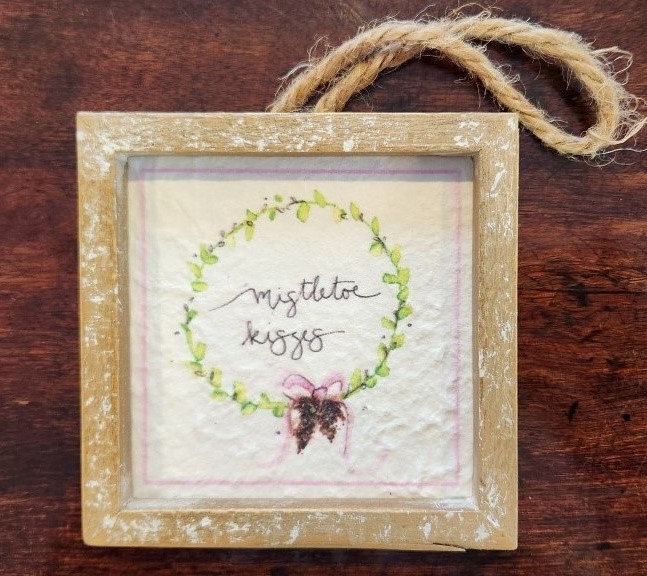
But, Carol did not stop there! She also sent a package of notecards displaying her keen eye for nature photography.
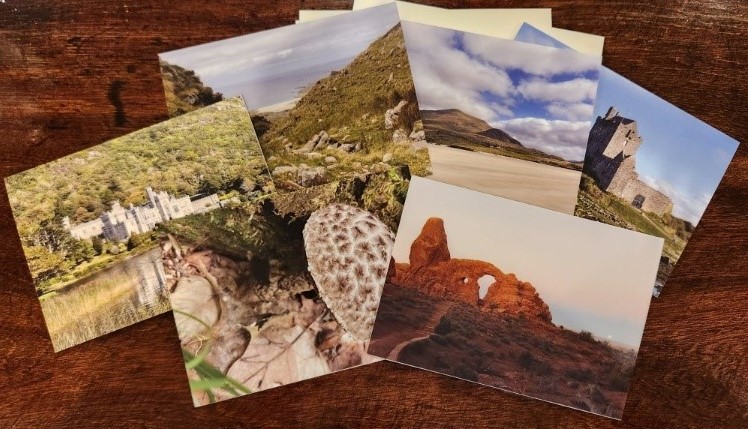
And … these spunky earrings!

She is truly too much! Thank you again for your kindness in this exchange, but also for all the goodness you send forth into the universe., Carol! Wishing Carol and the Poetry Friday community a wonderful new year filled with joy!
Please visit the talented and artistic Michelle Kogan at More Art 4 All for this week’s Poetry Friday roundup and a bit of year-end cheer.
- Details
- Written by: Tracey Kiff-Judson
- Category: Blog
Happy Poetry Friday! Thank you to my friend, Jone Rush MacCulloch for hosting this week. Please swing by Jone’s site for a cup of hot-cocoa-warm-poetry-goodness and the roundup!
The shorter days this time of year always encourage me to reflect, and so, I have been thinking about how grateful I am for the people in Poetry Friday circles and the broader children’s literature community over the past year.
I would like to thank all the Poetry Friday bloggers for this kind, safe place to share. Even if a piece is not perfect, you all see the sentiment behind the words and offer only encouragement and kindness. In particular, I’m sending a shout out to Irene Latham for her thoughtful support throughout this year. Thank you, Irene!
I am also thankful for the critique partners that I have worked with throughout 2024. Our relationships have grown closer and more trusting. Your insights and constructive feedback continue to impress me, and I hope to support you as much as you have uplifted me.
I would also like to thank Donna Smith, my Poetry Friday Holiday Buddy, for her thoughtful gifts. She sent me her seasonal artwork and poem that made me want to run out and build a snowman! Her snowpersons, bedecked in scarves and mittens, party it up as their shadows stretch in the moonlight. I loved this line in her poem: and if they want another friend, they roll a new snowbeing! : )
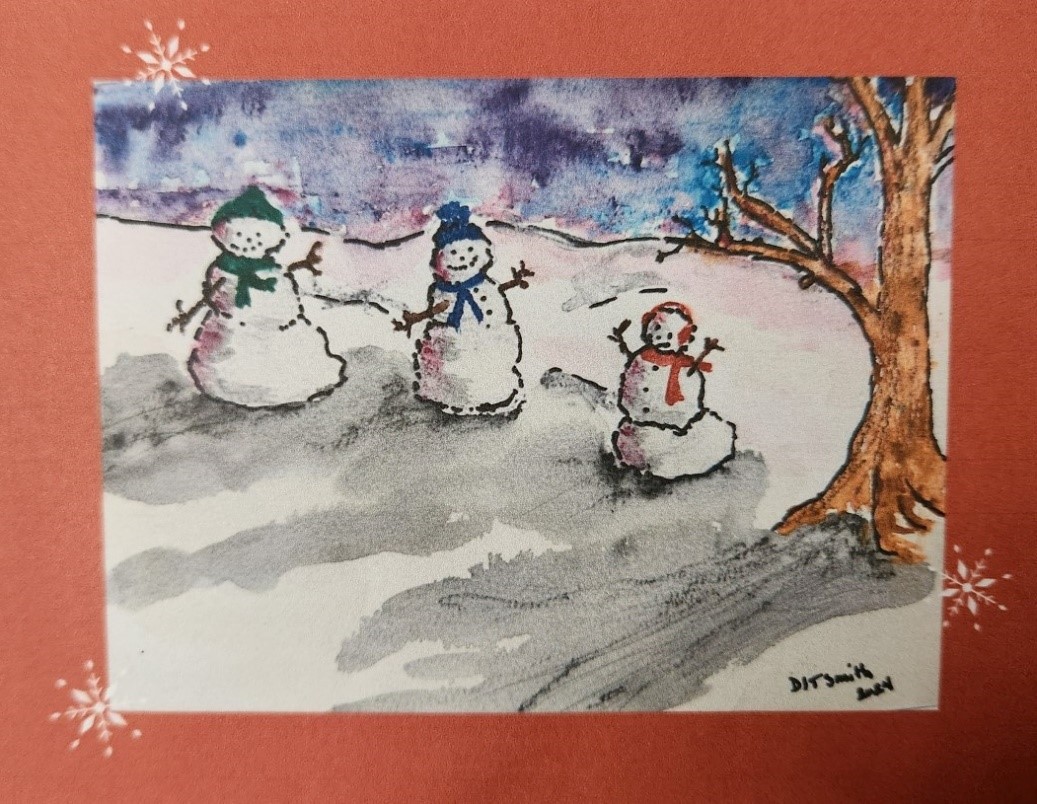

But that’s not all! Donna also sent me a handmade necklace with three pendants: a flower, a heart, and the single word – IMAGINE. That felt so apropos! Sometimes when I write, I get bogged down in the “rules,” and the necklace from Donna felt like an invitation to let go and imagine what could be. Thank you so much, Donna!


Poetry Friends
When
the world
overwhelms …
a gentle poem,
a piece of art,
a thoughtful comment
make all the difference.
© Tracey Kiff-Judson, 2024
Happy Hoildays!
- Details
- Written by: Tracey Kiff-Judson
- Category: Blog
Happy All Saints’ Day and Poetry Friday!
Surprisingly few trick-or-treaters graced our front porch last night, but those that did were adorable – from the giant, blow-up dinosaur stumbling up the street to the tiniest ghostbuster holding his mom’s comforting hand.
I thought I might share my Halloweensie Contest entry here. To checkout many more Halloween-themed poems and stories (all under 100 words) click here. My poem was originally three times the length, so I had to cut out quite a bit of backstory. Goblin, chill, and tiptoe are required words. Here is the short version (drawing not included with the entry).
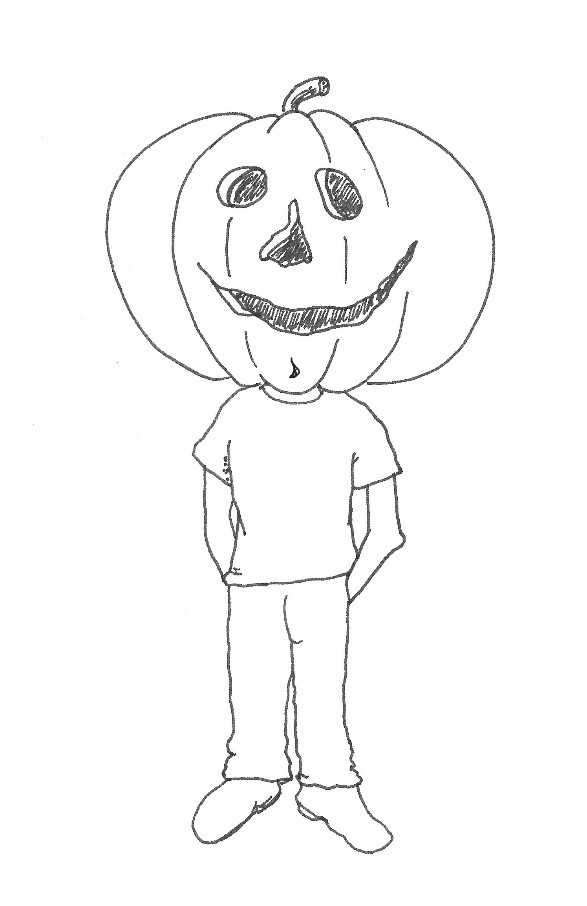
Paxton Maxton Mumpledread
Paxton Maxton Mumpledread,
carved a pumpkin for his head:
kooky eyes, a goblin grin,
a crooked nose, a dimpled chin.
He slipped it on, and he was chillin’ –
dressed up like a silly villain.
Paxton tiptoed off to school,
where pumpkin-heads broke every rule.
“Paxton’s lost his head,” they said.
“His brain is stuffed with pumpkin bread!”
As tears spilled down his cheeks inside,
he felt relieved that he could hide.
And so, he wears his pumpkin heads,
a shield against the world he dreads,
and no one knows if Paxton’s sad,
afraid, embarrassed, or…
gone mad!
Poem and Drawing © Tracey Kiff-Judson 2024

For more Poetry Friday, please visit my friend, Patrica Franz here to learn about All Soul’s Day and coping with grief.
